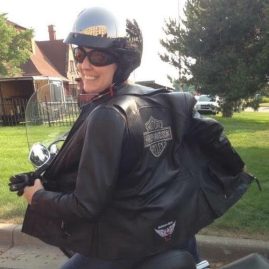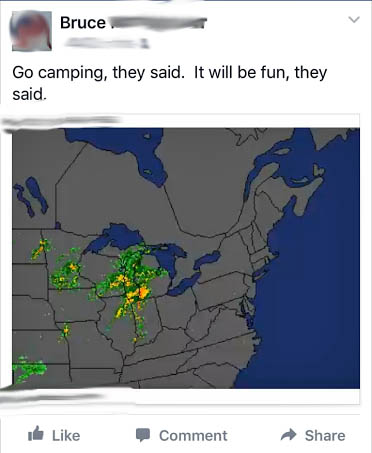You may ask, “What is Situational Awareness?”
I would respond, well it depends. It is a pretty standard yet important concept, but can be described in many ways by different people. Some might call it being alert, or present in the moment. Others describe it as consciousness, observance. I call it paying attention and trusting your instincts. We will explore situational awareness a little before I get to what I learned from ballroom dancing (and the super-secret tip given to me by my dance instructor).
This term is not in a standard dictionary, but it is used a lot in a variety of disciplines. I pulled out what I believe to be the most relevant descriptive words from a definition I found.
Perception of sensory input, comprehension of what it signals, recognition that something has changed or is about to happen. “It is also a field of study concerned with perception of the environment critical to decision-makers in complex, dynamic areas.” https://www.definitions.net/definition/situation+awareness
Situational Awareness is used in:
• Aviation
• Air Traffic Control
• Ship Navigation
• Driving!
• Military Command and Control
• Fire Fighting
• Policing
• Martial Arts
• Ballroom Dancing
I am sure you can add to this list if you think about it.
In Aviation, situational awareness is used to evaluate situations and make decisions.
• Look
• Think
• Act
Ensley’s Model (2005), describes it as three things:
• Perception
• Comprehension
• Projection
Cooper’s Code The late Jeff Cooper (May 10, 1920-September 25, 2006) was a marine, who created the “modern technique” of handgun use and was an expert in the use and history of small arms. He also developed “Coopers Code”. I found this chart here: https://www.bsr-inc.com/awareness-color-code-chart/
Here are some links to learn more about Jeff Cooper and Cooper’s code:
https://www.policeone.com/police-trainers/articles/2188253-Coopers-colors-A-simple-system-for-situational-awareness/
In Law Enforcement -> a reactionary gap.
A reactionary gap is space between the officer and a suspect that gives the officer time to avoid an attack. It takes time to recognize the problem, evaluate the situation, come up with a solution and implement a response. Here is a link to learn more about the reactionary gap: https://www.policeone.com/police-trainers/articles/6258834-The-reactionary-gap-Reminders-on-threats-and-distances/
What does situational awareness mean for you and why is it important?
Think back to driver’s education. Can you remember what the three-second rule is? It is the time and distance you keep between you and the car ahead of you. This is so you have time to react and evade a problem in the road or be able to stop in time without rear-ending the car in front of you. Hopefully, the car behind you was following the three second rule also! Situational awareness, can keep you from being mugged or robbed, being caught up in a developing situation, as well as keep you from getting in an accident.
Now, what does Ballroom Dancing have to do with situational awareness?
First I’ll tell you how I happened upon this. I was newly single, had some time on my hands and asked myself. What would be something fun and new to do with my personal time? I decided to take Arthur Murray Dance Lessons. It has been many years since I took these lessons. I cannot for the life of me remember how to quick step, cha cha, waltz, rumba or tango (my favorite). But I can tell you that people crash into each other if they are not aware of the other couples dancing around them.
This type of situational awareness is called “Ballroom Floor Craft.” It is the ability and practice of gauging other dancers:
• Speed
• Distance
• Trajectory
If you check out Ballroom dancing videos on YouTube you will see what I mean. Pairs act as a team to avoid colliding with others. The lead and partner do not usually look at each other. They are looking the direction they are travelling or into their own space. A squeeze of the hand or on the shoulder is used to signal impending problems. Just like there are rules of the road there are rules for dancing! One must follow the line of dance. Ballroom dancing follows a counter clock wise direction around the floor. If you are an in-experienced dancer you are either dancing in part of the middle or the periphery, staying out of others way or merging in traffic.
What is that super-secret tip I learned that I have remembered to this day? My dance instructor told me to “Think from the top of my head” as if you have a string at the top of your head like Pinocchio. This helps to keep your head up and opens up your field of vision (peripheral vision). This helps to be able to see disaster coming for you out of the corner of your eye and take evasive dance maneuvers. He did warn me that at first practicing this may give you a headache (he was right); but that I would get used to it (he was right about this too). I use this tip every day, but not for dancing!
I posit that situational awareness can be a solitary practice, a team or family exercise. Teach your spouse and your kids. Watch each others back. Don’t walk with your head down buried in your cell phone. Watch and learn to read people. This is Situational Awareness and it can help you stay safer.









